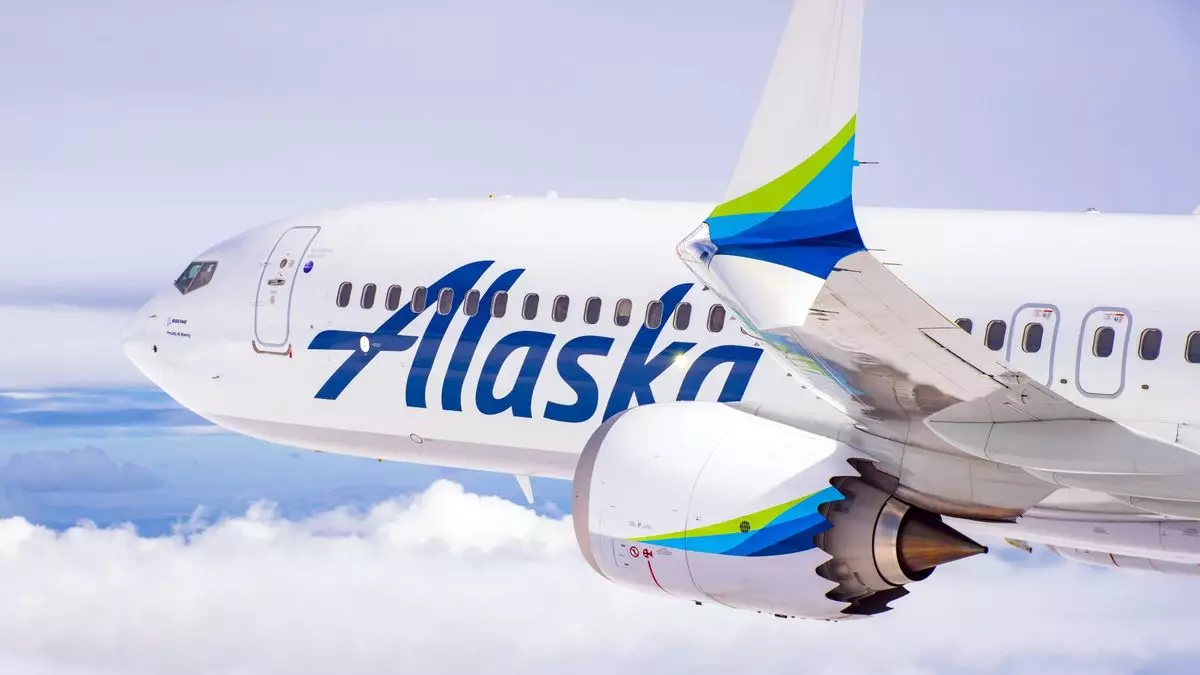The ongoing labor strike affecting Boeing’s manufacturing plants has prompted significant concern within the aviation industry. The stoppage, instigated by over 94% disapproval from union members regarding a tentative contract agreement, has led to entire production halts of key aircraft, notably the Boeing 737 Max, as well as the 777 and 767 models. As negotiations resume with federal assistance, the duration of the strike remains uncertain, and its potential fallout could have far-reaching implications, especially for U.S. airlines.
An analysis conducted by Bloomberg Intelligence, utilizing data from Cirium, reveals that U.S. airlines are poised to experience some of the most pronounced effects of the strike. Among them, Alaska Airlines stands out, anticipating the delivery of 14 Max aircraft before year-end—a number that exceeds that of any other U.S. carrier. American Airlines and United Airlines follow closely, with projections of 10 and 9 Max deliveries, respectively. This anticipated shortfall can disrupt operational strategies, particularly as these carriers had scheduled the new planes to enhance their route capacities and modernize fleets.
While the strike’s timing coincides with a seasonal decline in air travel post-summer months, the urgency for airlines to receive these new aircraft cannot be overstated. Although the industry is not currently overwhelmed with travel demand, grounding scheduled expansions due to delivery delays can have lasting effects on fleet development plans and profitability.
Despite the local repercussions for U.S. airlines, the broader picture shows that global deliveries of the Boeing 737 Max may remain somewhat intact. An estimated 39 aircraft are anticipated to be delivered to U.S. airlines from a global total of 146 by year’s end, owing to the fact that existing inventory could still meet some demands. Foreign carriers, most notably from India and China, are expected to receive the majority of these undelivered aircraft, marking a potential competitive gap in the market.
From a strategic standpoint, this means that while U.S. carriers face an immediate setback, international airlines may capitalize on the situation by securing additional aircraft, which could enhance their own operational capabilities and market positions. It highlights a disparity that could exacerbate challenges for domestic airlines in an already competitive landscape.
The implications of the strike are not limited to passenger airlines alone. Other sectors such as freight and military logistics face substantial delays. FedEx and the U.S. Air Force tanker programs, which rely heavily on Boeing’s widebody aircraft, might encounter critical setbacks that impact supply chains and defense readiness. This ripple effect illustrates the interconnected nature of aviation and defense infrastructure.
As the union and Boeing management prepare to revisit negotiations, the stakes are high not only for the labor force involved but also for airlines and stakeholders who depend on timely aircraft deliveries for operational efficiency and market competitiveness. The future of Boeing’s production capacity hangs in the balance, as each passing day of the strike could compound challenges for an industry navigating the post-pandemic recovery landscape.
The outcome of these negotiations could redefine the trajectory of U.S. commercial aviation and its global standing in the manufacturing sector for years to come.

